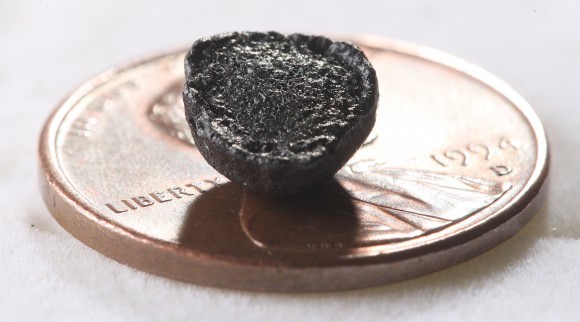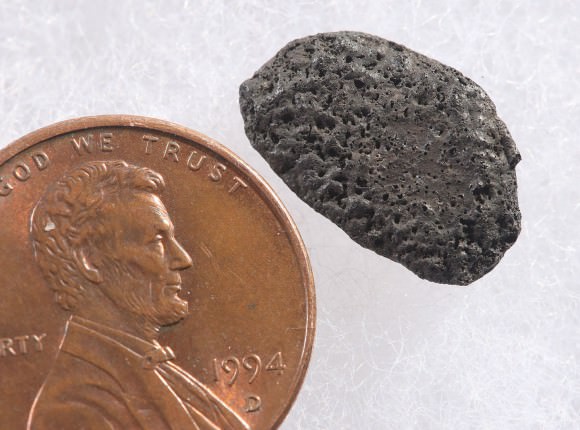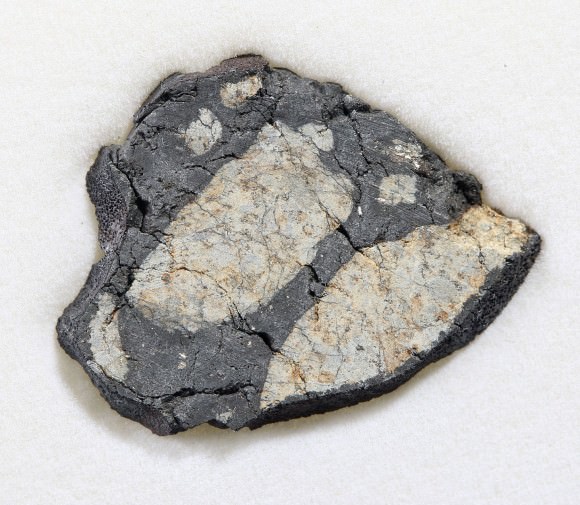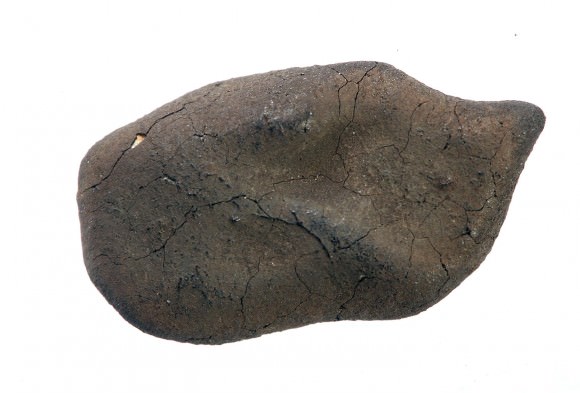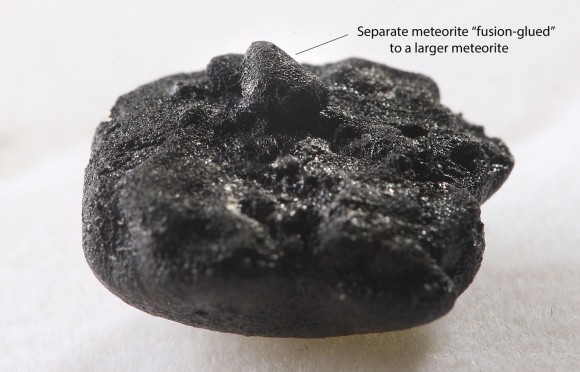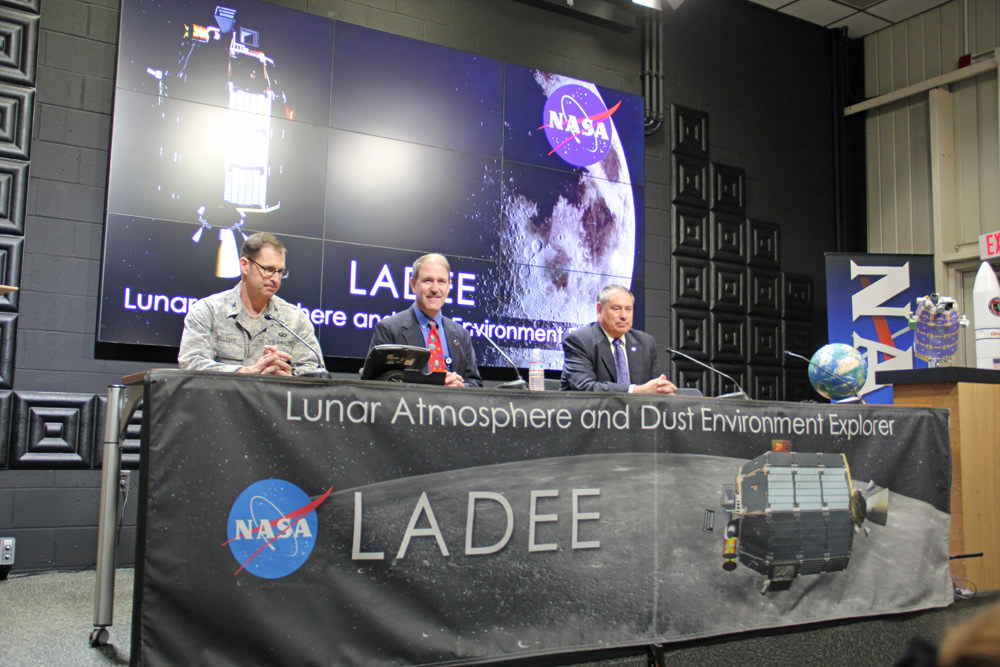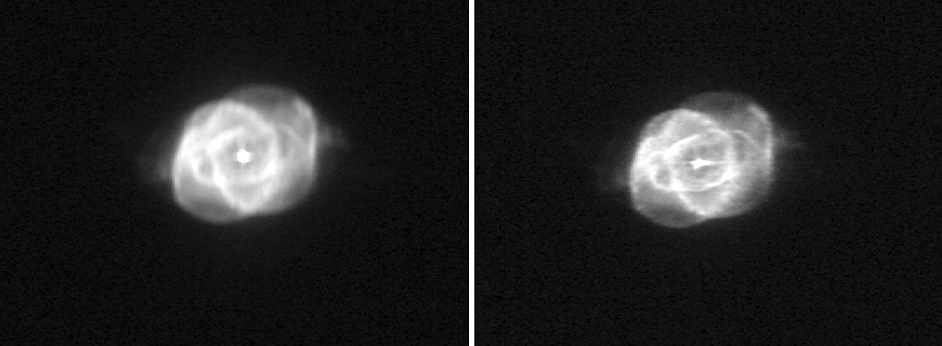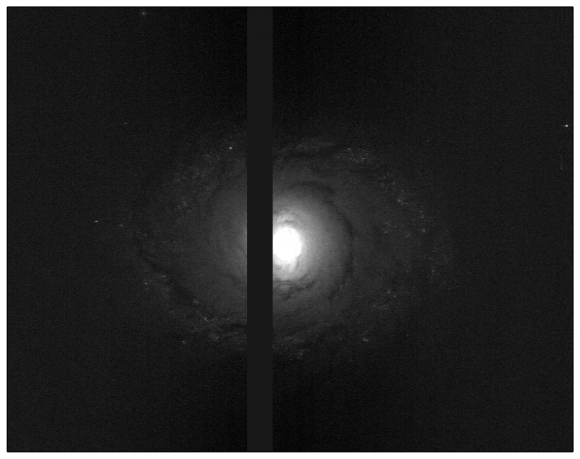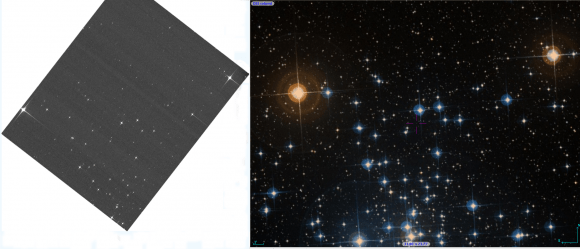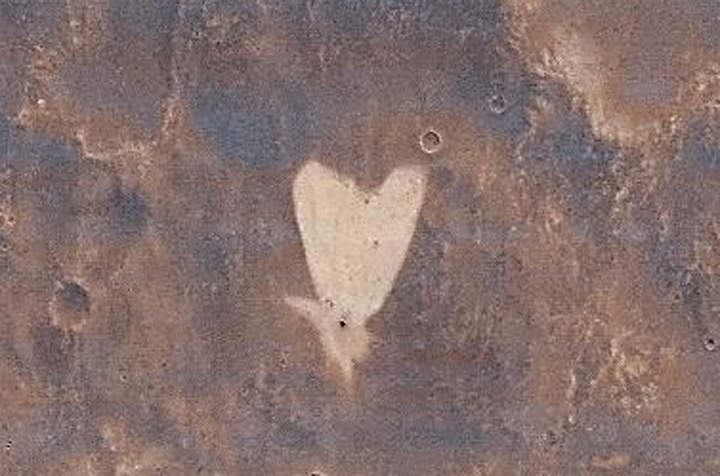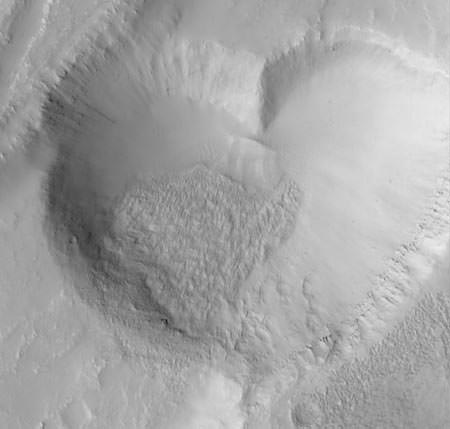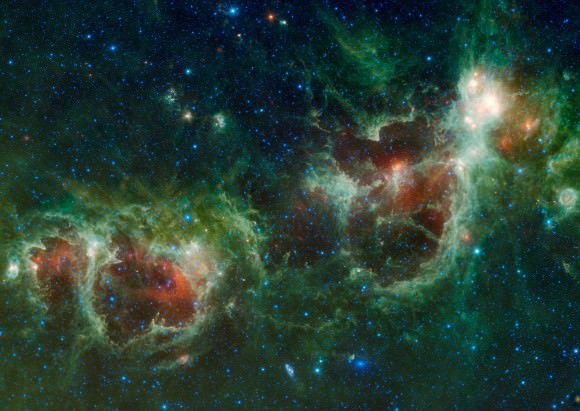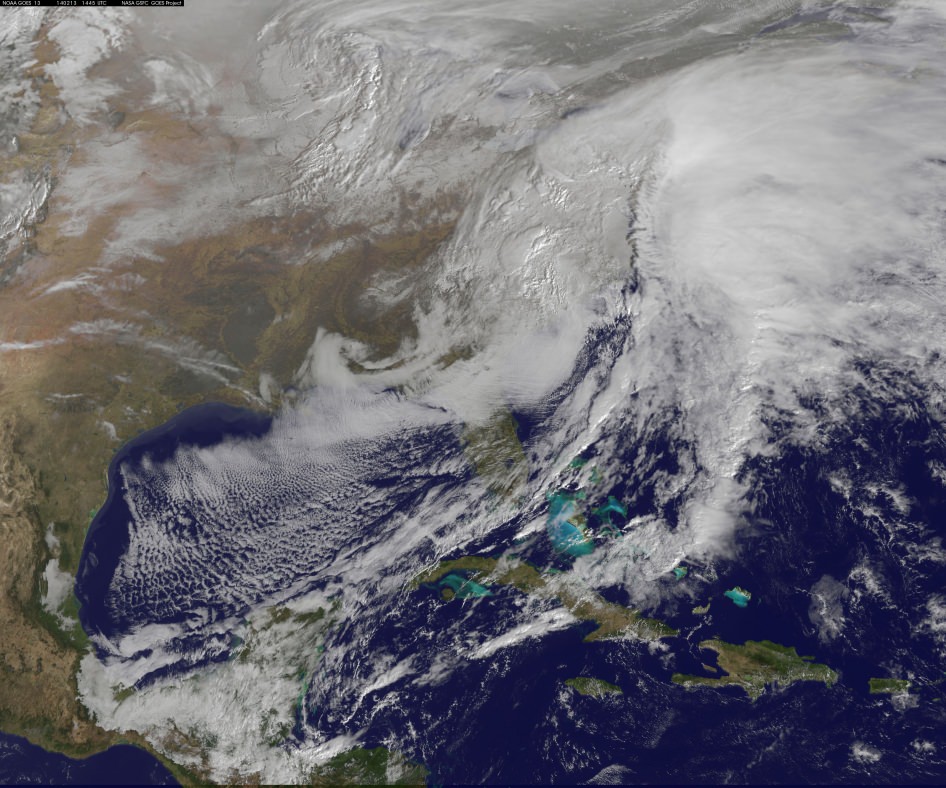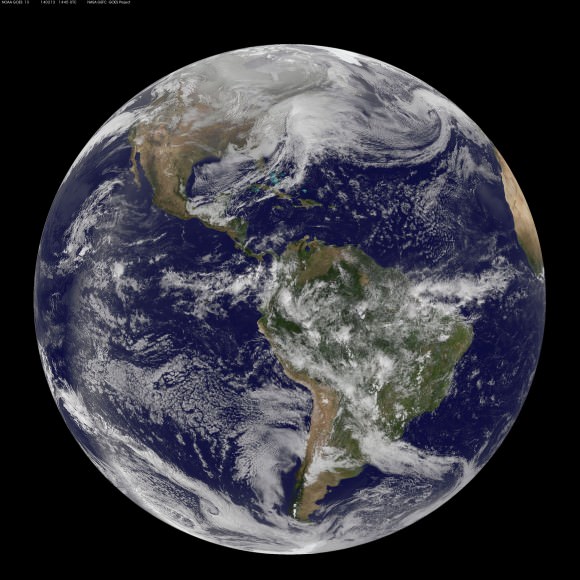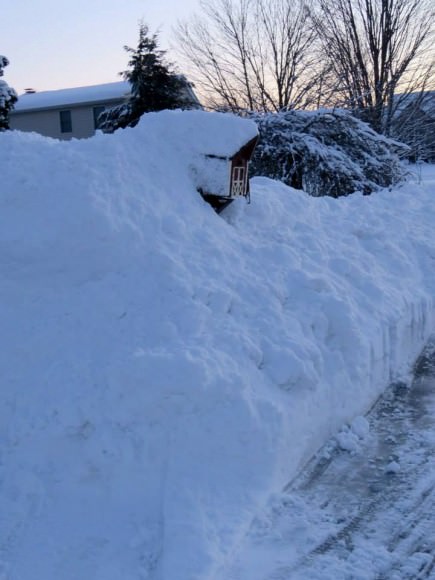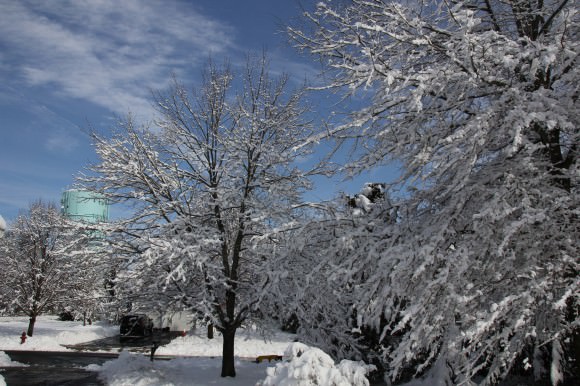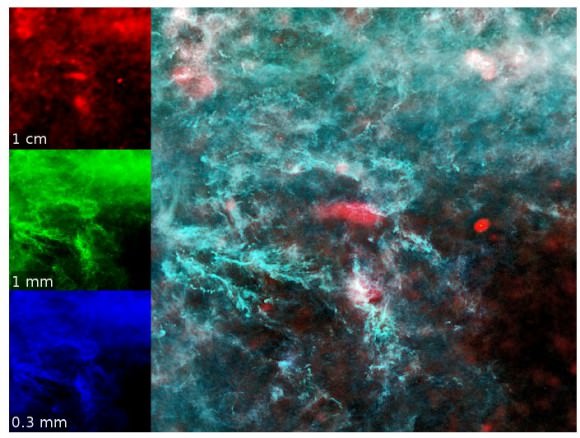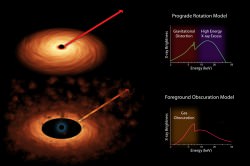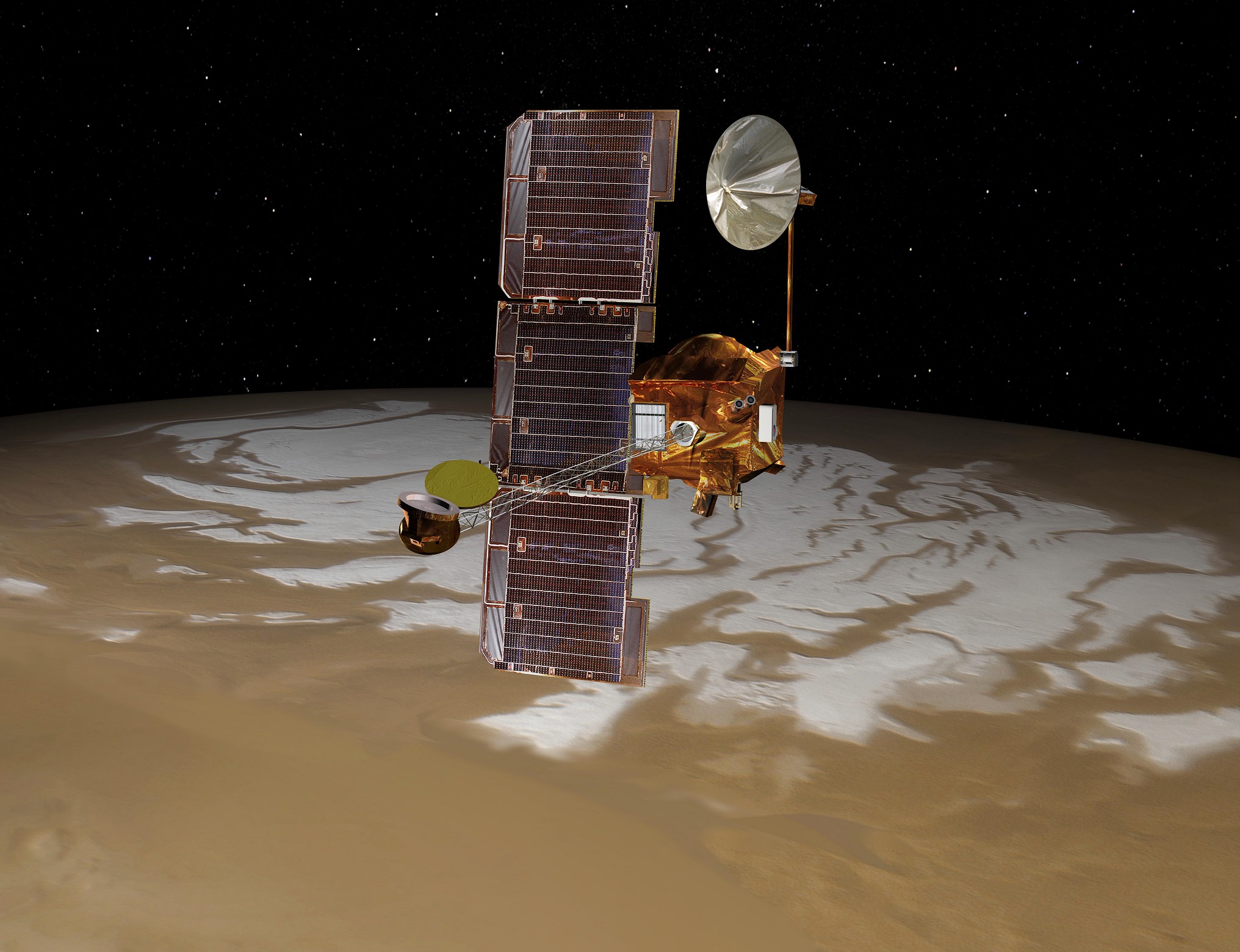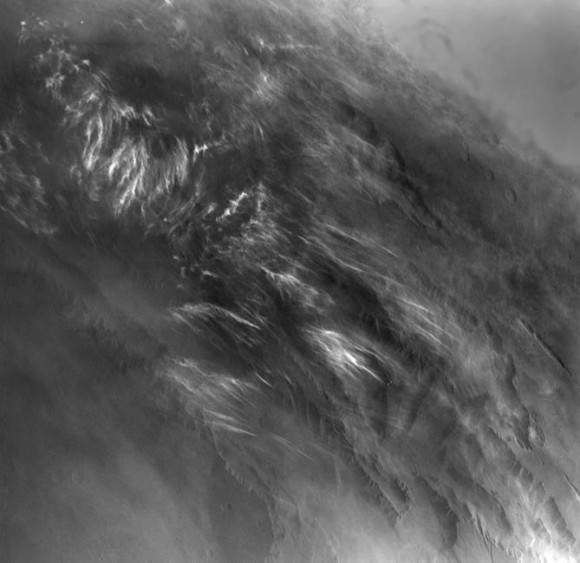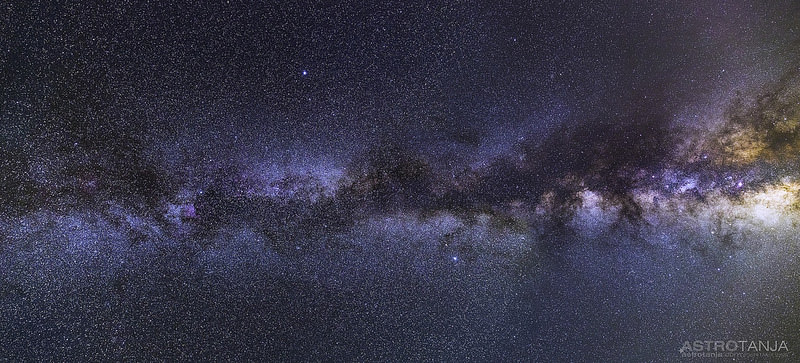Wonder and terror. Every time I watch the dashcam videos of the Chelyabinsk fireball it sends chills down my spine. One year ago today, February 15, 2013, the good citizens of Chelyabinsk, Russia and surrounding towns collectively experienced these two powerful emotions as they witnessed the largest meteorite fall in over 100 years.
Incredible compilation of dashcam and security camera videos of the fireball
The Chelyabinsk fall, the largest witnessed meteorite fall since the Tunguska event in 1908, exploded with 20-30 times the force of the atomic bomb over Hiroshima at an altitude of just 14.5 miles (23 km). Before it detonated into thousands of mostly gravel-sized meteorites and dust, it’s estimate the incoming meteoroid was some 66 feet (20-meters) end to end, as tall as a five-story building. The shock wave from the explosion shattered windows up and down the city, injuring nearly 1,500 people.
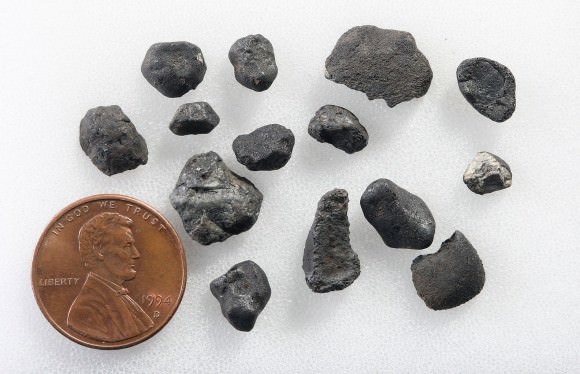
For nearby observers it briefly appeared brighter than the sun. NASA Meteorite researcher Peter Jenniskens conducted an Internet survey of eyewitnesses and found that eye pain and temporary blindness were the most common complaints from those who looked directly at the fireball. 20 people also reported sunburns including one person burned so badly that his skin peeled:
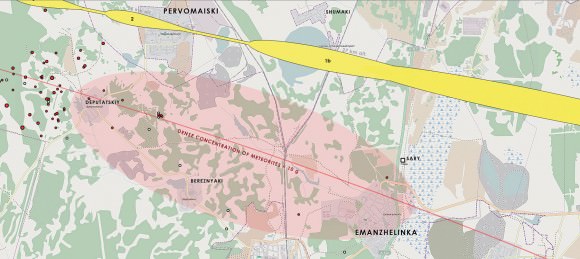
“We calculated how much UV light came down and we think it’s possible,” Jenniskens said. Perhaps surprisingly, most of the meteoroid’s mass – an estimated 76% – burned up and was converted to dust during atmospheric entry. It’s estimated that only 0.05% of the original meteoroid or 9,000 to 13,000 pounds of meteorites fell to the ground.
No video I’ve seen better captures the both the explosion of the fireball and ensuring confusion and chaos better than this one.
The largest fragment, weighing 1,442 lbs. (654 kg), punched a hole in the ice of Lake Chebarkul. Divers raised it from the bottom muck on Oct. 16 last year and rafted it ashore, where scientists and excited onlookers watched as the massive space rock was hoisted onto a scale and promptly broke into three pieces. Moments later the scale itself broke from the weight.
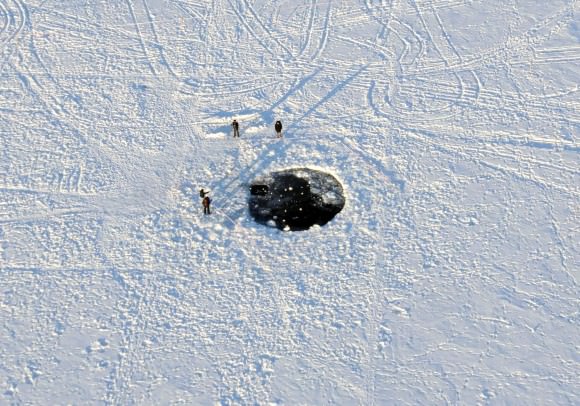
There were plenty of meteorite to go around as local residents tracked down thousands of fragments by looking for holes pierced in the snow cover by the hail of space rocks. Working with hands and trowels, they dug out mostly small, rounded rocks covered in fresh black fusion crust, a 1-2 mm thick layer of rock blackened and melted rock from frictional heating by the atmosphere. According to the Meteoritical Bulletin Database entry, the total mass of the recovered meteorites to date comes to 1,000 kg (2,204 lbs.) with locals finding up to more than half of that total.
Animation of the orbit Chelyabinsk meteoroid via Ferrin and Zuluaga. Meteoroid is the name given a meteor while still orbiting the sun before it enters Earth’s atmosphere.
Thanks to the unprecedented number of observations of the fireball recorded by dashcams, security cameras and eyewitness accounts, astronomers were able to determine an orbit for Although some uncertainties remain, the object is (was) a member of the Apollo family of asteroids, named for 1862 Apollo, discovered in 1932. Apollos cross Earth’s orbit on a routine basis when they’re nearest the sun. Chelyabink’s most recent crossing was of course its last.
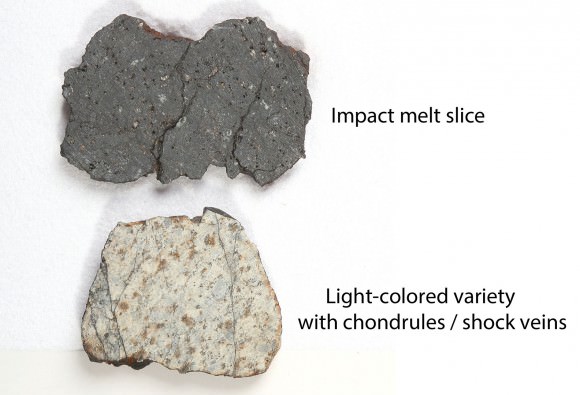
Chelyabinsk belongs to a class of meteorites called ordinary chondrites, a broad category that includes most stony meteorite types. The chondrites formed from dust and metals whirling about the newborn sun some 4.5 billion years ago; they later served as the building blocks for the planets, asteroids and comets that populate our solar system. Chondrites are further subdivided into many categories. Chelyabinsk belongs to the scarce LL5 class — a low iron, low metal stony meteorite composed of silicate materials like olivine and plagioclase along with small amounts of iron-nickel metal.
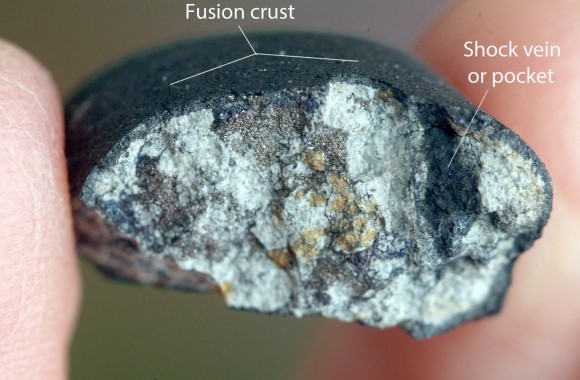
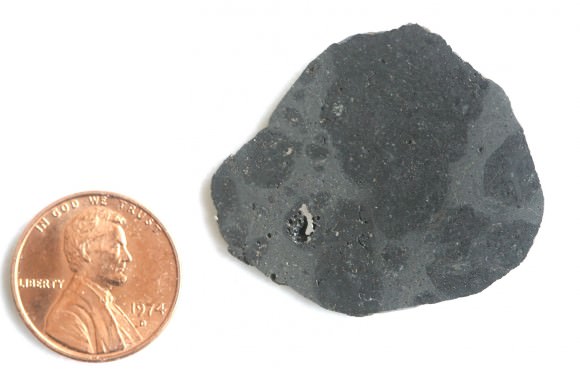
A closer look at Chelyabinsk meteorites reveals a fascinating story of ancient impact. Remarkably, the seeds of the meteoroid’s atmospheric destruction were sown 115 million years after the solar system’s formation when ur-Chelyabinsk was struck by another asteroid, suffering a powerful shock event that heated, fragmented and partially melted its interior. Look inside a specimen and the signs are everywhere – flows of melted rock, spider webby shock veins of melted silicates and peculiar, shiny cleavages called “slickensides” where meteorites broke along pre-existing fracture planes.
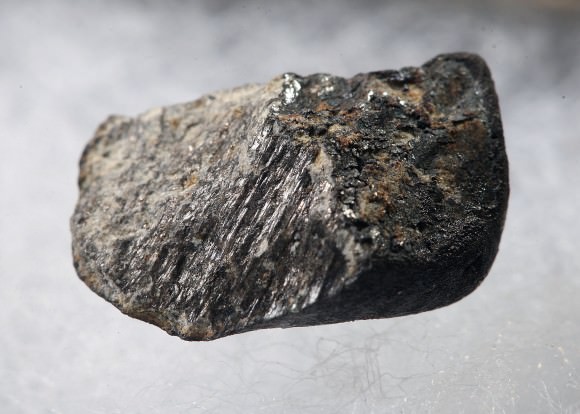
Jenniskens calculated that the object may have come from the Flora family of S-type or stony asteroids in the belt between Mars and Jupiter. Somehow Chelyabinsk held together after the impact until nearly the time it met its fate with Earth’s atmosphere. Researchers at University of Tokyo and Waseda University in Japan discovered that the meteorite had only been exposed to cosmic rays for an unusually brief time for a Flora member – just 1.2 million years. Typical exposures are much longer and indicate that the Chelyabinsk parent asteroid only recently broke apart. Jenniskens speculates it was likely part of a loosely-bound, rubble pile asteroid that may have broken apart during a previous close encounter with Earth in the last 1.2 million years. The rest of the rubble pile might still be orbiting relatively nearby as part of the larger population of near-Earth asteroids.
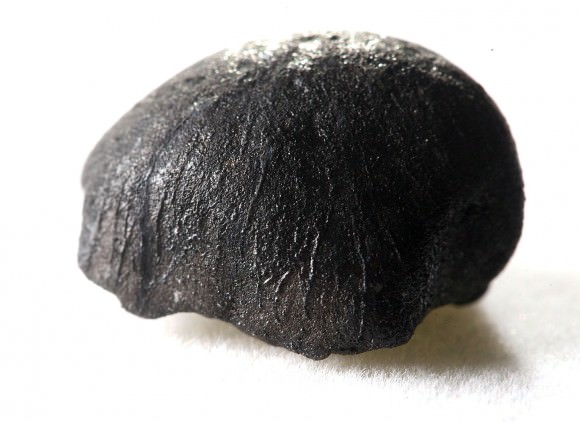
Good thing Chelyabinsk arrived pre-fractured. Had it been solid through and through, more of the original asteroid might have survived its fiery descent and wreaked even more havoc in in its wake.
We’re fortunate that Chelyabinsk contains a fantastic diversity of features and that we have so many pieces for study. Surveys have found some 500 near-Earth asteroids. No doubt some are part of the parent body of Chelyabinsk and may grace our skies on some future date. Whatever happens, Feb. 15, 2013 will go down as a very loud “wake-up call” for our species to implement more asteroid-hunting programs both in space and on the ground. Enjoy a few more photos of this incredible gift from space:
